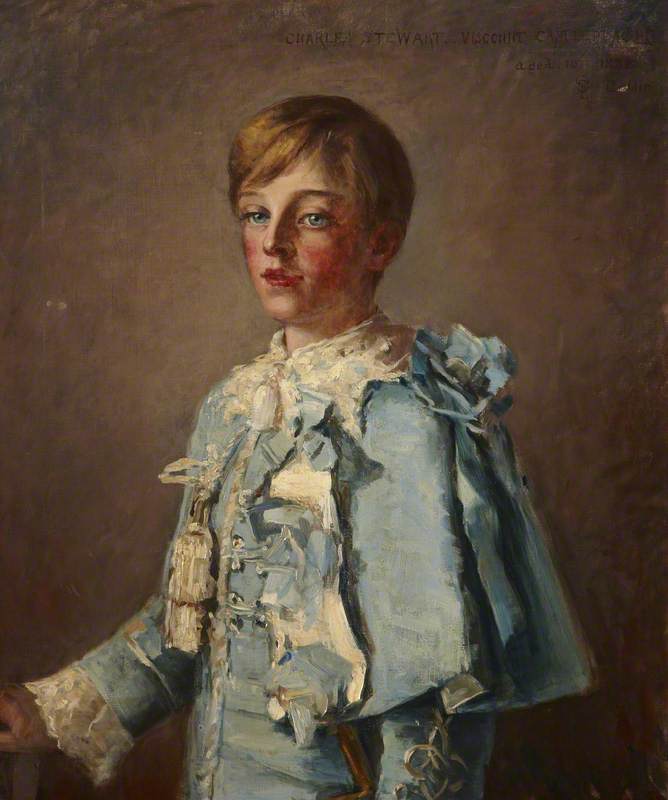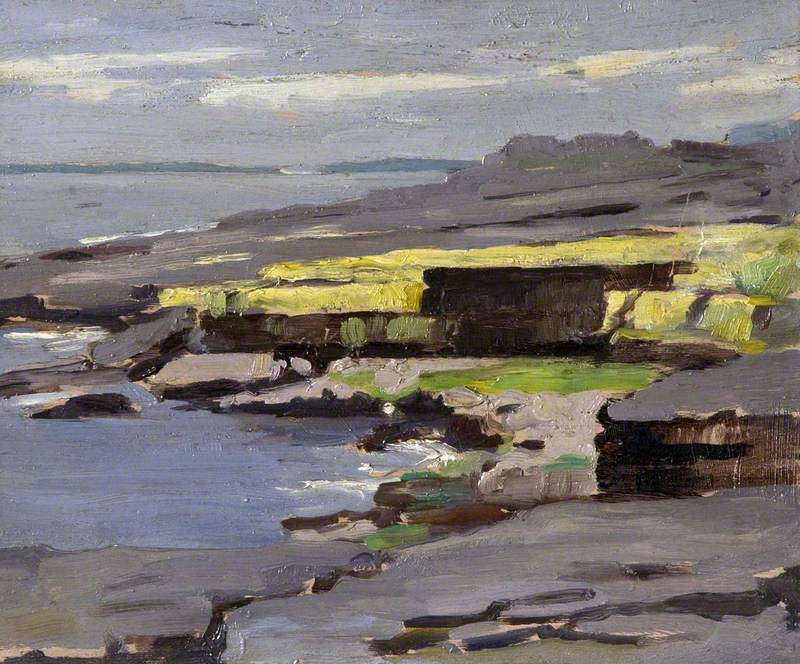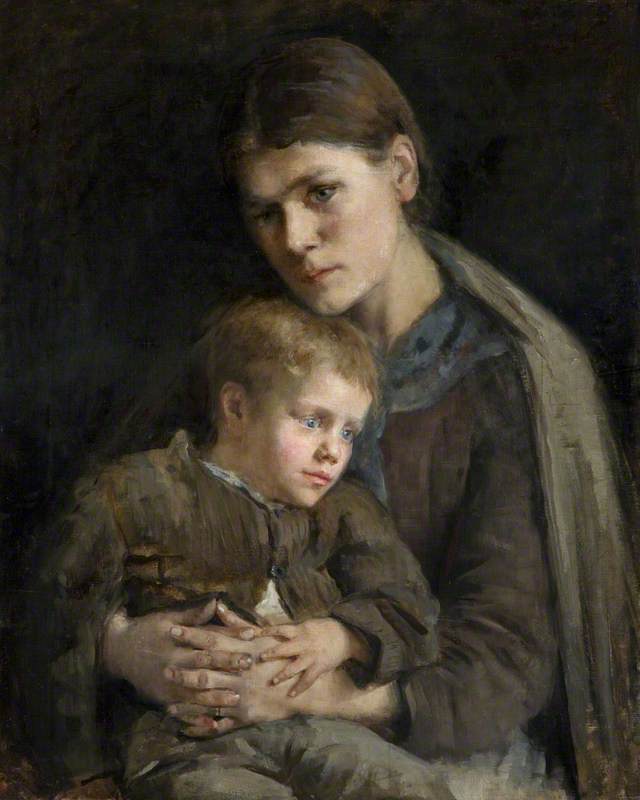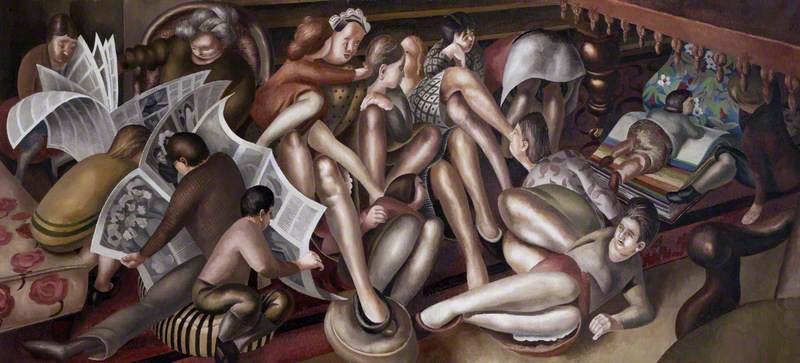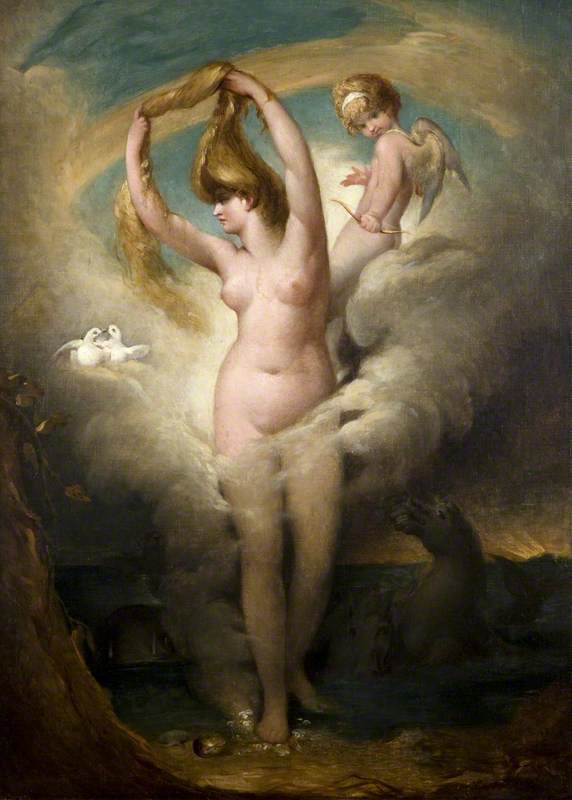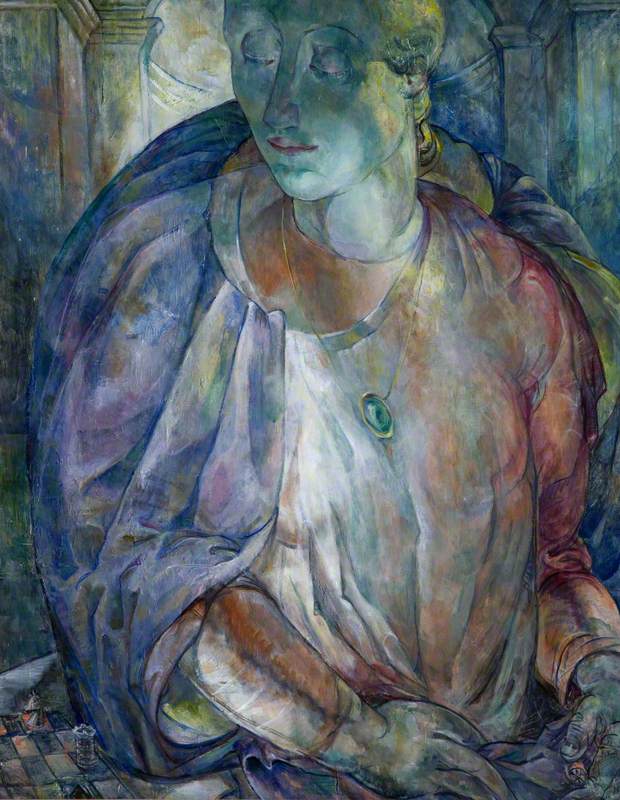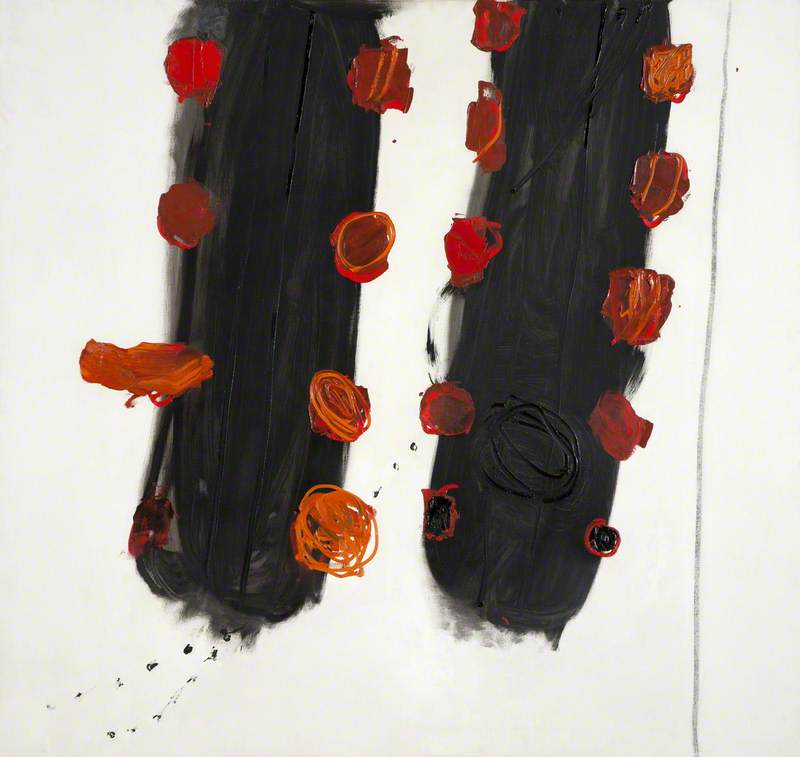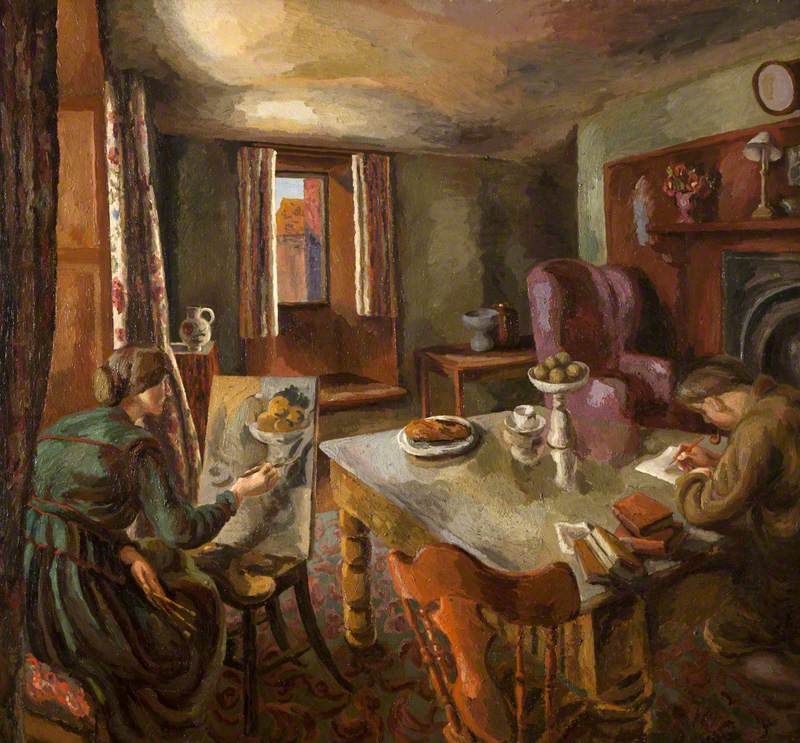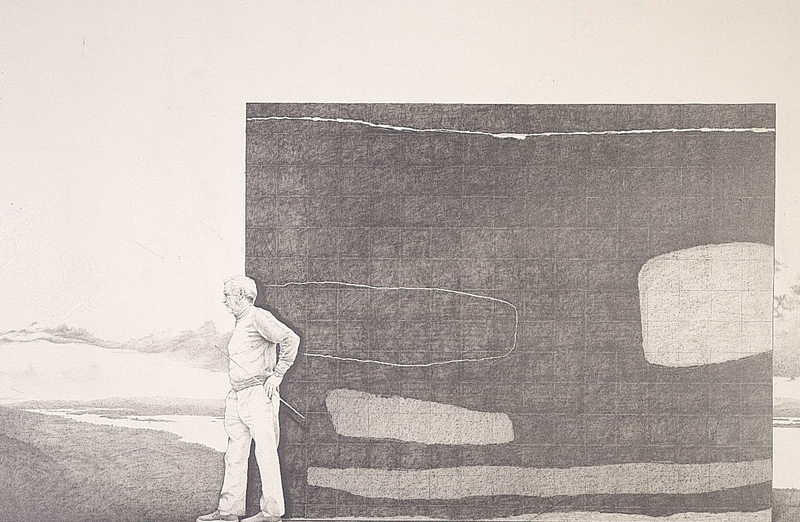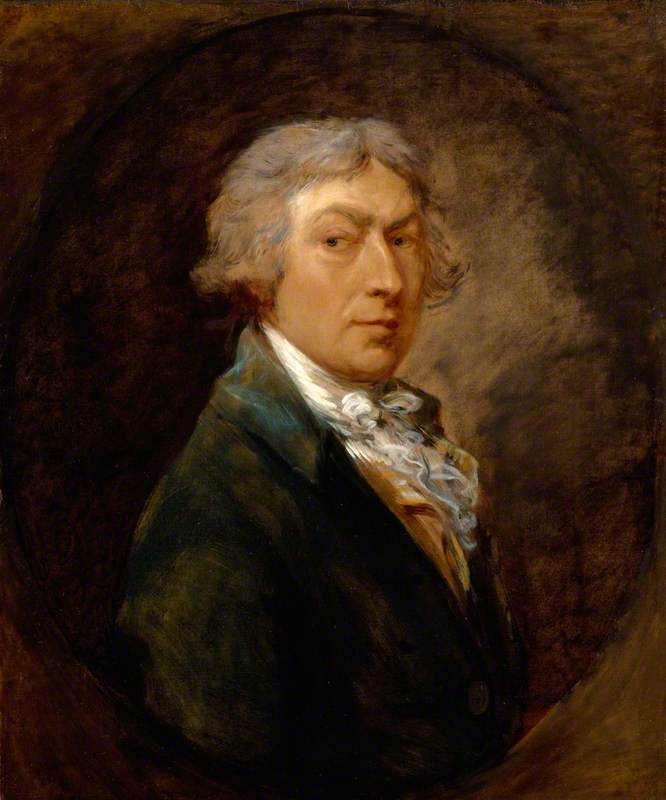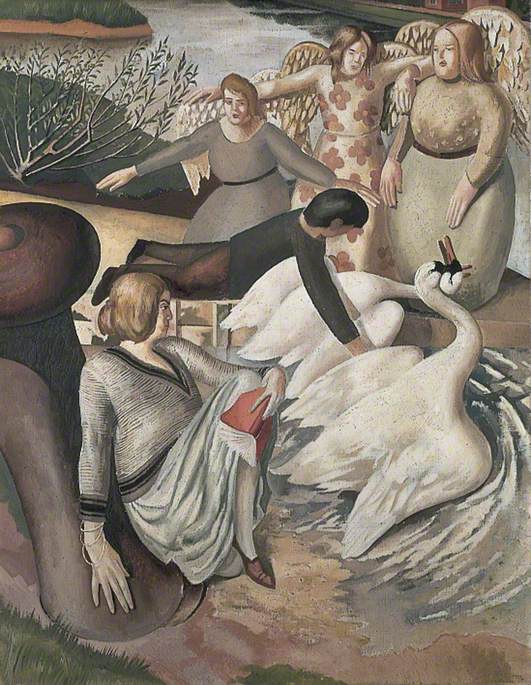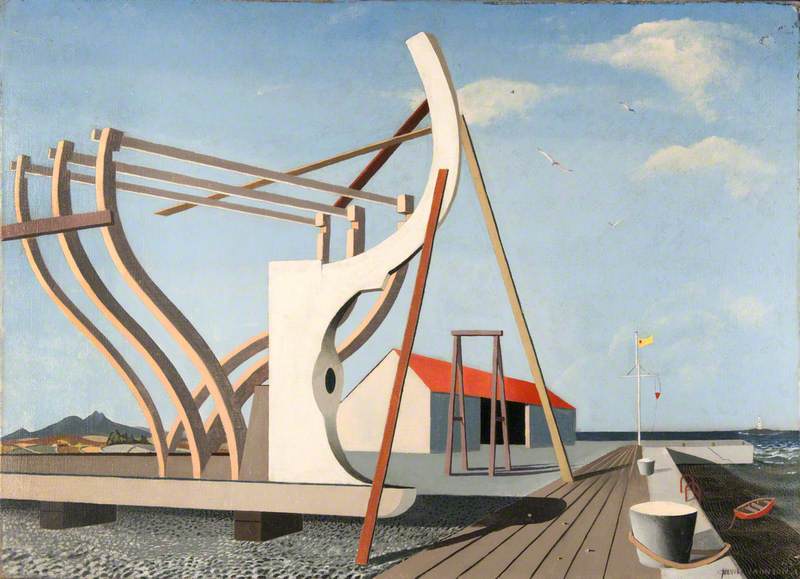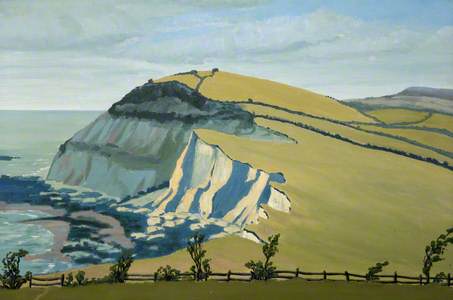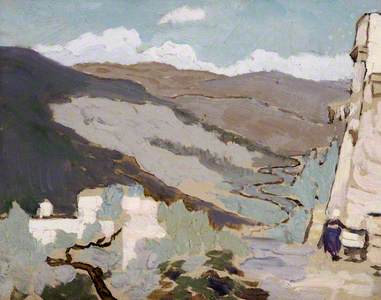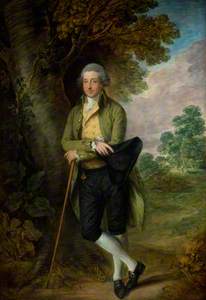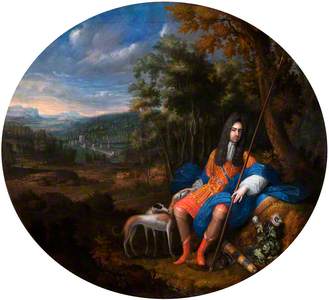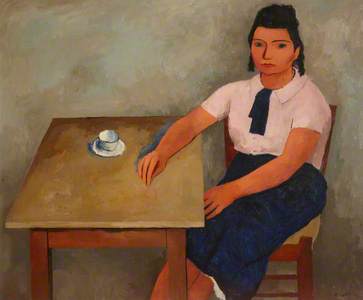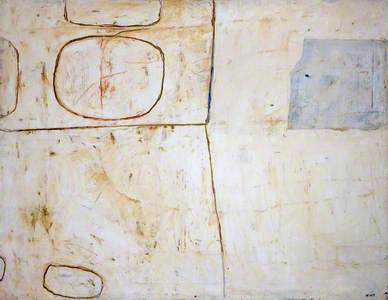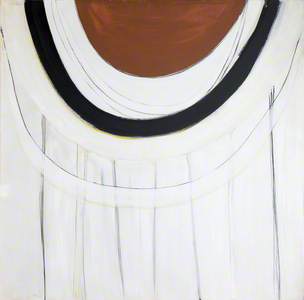Public institutions across the island of Ireland have benefited from the generosity of The Friends of the National Collections of Ireland in its 100 years of activity. The Friends have donated countless works to public museums and galleries, including many in Northern Ireland.
The first meeting of the Friends was held on 14th February 1924. The group was established by Sarah Purser (1848–1943), an indomitable artist and activist. Alongside her practice as a portrait painter, Purser did much to support her fellow artists and improve the infrastructure for showing, commissioning and collecting art in Ireland. She organised exhibitions, held a celebrated monthly salon at her home in Dublin, founded the stained-glass studio An Túr Gloine (The Tower of Glass), and founded the Friends. She was also instrumental in securing Charlemont House as the permanent home for Dublin's Hugh Lane Gallery.
Michele Esposito (1855–1929), Composer
Sarah Henrietta Purser (1848–1943) 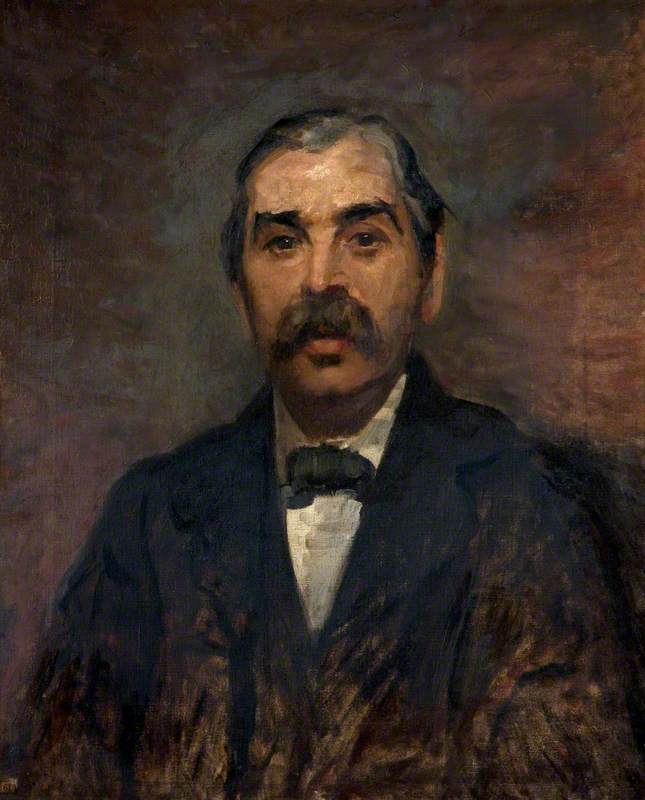
While the founding of the Friends in Dublin took place just a few years following the founding of the state of Northern Ireland and the Irish Free State, it was an all-island organisation from the outset. The main aim, stated in the first annual report, was 'to secure works of art and objects of historic interest or importance for the national or public collections of Ireland by purchase, gift or bequest, and to further their interest in other analogous or incidental ways.' During the past 100 years, the Friends have enabled the acquisition of many hundreds of works to collections across the island.
While the Friends' very first donations went to Dublin institutions, the Public Art Gallery and Museum in Belfast (now the Ulster Museum) was among the first recipients of the Friends's generosity. Over the past 100 years, the Ulster Museum in Belfast has been the organisation's greatest beneficiary in Northern Ireland, but significant gifts and grants have also been made to the Fermanagh County Museum, Down County Museum and Newry and Mourne Museum.
The first works donated to what is now the Ulster Museum were a study in chalk by Sir William Orpen and Cliff End, Sussex by Adam Slade (also known as Frank Slade). The Public Art Gallery and Museum was then housed on Royal Avenue. Arthur Deane, the museum's curator from 1905 to 1942, travelled to Dublin to inspect works that were offered to Belfast and in January 1928 wrote to Sarah Purser to formally accept the gift. Deane's ongoing correspondence with Purser reflects his enthusiasm for the Friends and he endeavoured to provide her with names of potential subscribers in Northern Ireland.
The Friends have used various strategies for the enrichment of public collection in Ireland. Works have been purchased and then offered to a museum or gallery. Grants have been made to enable an institution fund to purchase. Donations and bequests have also been made by individuals under the auspices of the organisation.
Two landscapes, by the sisters Letitia Marion Hamilton (Fiesole Hill) and Eva Henrietta Hamilton (Tobar Pádraig), were bequeathed through the Friends by Richard Irvine Best, a Celtic Studies scholar who died in 1959. He bequeathed works not only to the Ulster Museum but also to Dublin's Hugh Lane Gallery and the National Gallery of Ireland. The Hamilton sisters had studied with William Orpen in Dublin and also at the Slade School of Art in London, and travelled widely together, painting.
Best also bequeathed a work by Sarah Purser, and it is fitting that this should have been facilitated by the Friends, given Purser's role in founding the organisation. An Irish Idyll is a fine example of the artist's sensitive studies of women, in this case with a child on her knee. The title echoes that of a book of stories of rural Irish life by Purser's friend Jane Barlow, who she painted in 1894. Irish Idylls was first published in 1892 and enjoyed great success.
If Purser's portrait study presents a quiet moment shared by a woman and a child, Stanley Spencer presents a busy tangle of limbs in his 1933 Scene from the Marriage at Cana, which was gifted by the Honourable Bryan Guinness (Lord Moyne) through the Friends in 1939.
In the Belfast Art Gallery and Museum's Quarterly Notes, J. H. Hewitt heralded the arrival of a work by the enfant terrible of contemporary British art, which joined The Betrayal (1922–1923), which the museum bought in 1929. Hewitt wrote 'Our new Spencer is a tumultuous family group arranged in a horizontal composition; adults endeavouring to read newspapers, children crawling, tumbling, and being comforted. The quivering pattern of the strangely disposed bodies and limbs contrasts vigorously with the stiff grey of the spread newspaper...'
The focus of the Friends' benefaction has never been on modern works alone. James Barry's Venus Anadyomene was gifted to the Ulster Museum through the Friends by Aileen Bodkin in memory of her husband, Professor Thomas Bodkin, in 1963.
Thomas Bodkin was an art historian who was a close friend and supporter of Hugh Lane (who had owned another version of Barry's painting of Venus Anadyomene) and of the Belfast-born painter John Lavery. Bodkin was a strong advocate for art education and became Professor of Fine Art at the Barber Institute, Birmingham from 1935, following his time as Director of the National Gallery of Ireland. Bodkin wrote on Barry, a Cork-born painter who, encouraged by Edmund Burke, pursued a career in London. Venus Anadyomene, which depicts the Roman goddess of love rising from the sea, was painted around the time he became a member of the Royal Academy. However, he was at times out of step with artistic currents and critical of the Academy, and in 1799 Barry became the first of only two Academicians ever to have been expelled.
Venus Anadyomene features in the Ulster Museum's permanent collection exhibition 'Renaissance to Romanticism: Painting before 1900', which highlights the breadth of the collection beyond the twentieth and twenty-first centuries.
Arthur Chichester (1739–1799), 1st Marquess of Donegall
c.1780
Thomas Gainsborough (1727–1788) 
The display also features Thomas Gainsborough's commanding portrait of Arthur Chichester (1739–1799), 1st Marquess of Donegall, purchased with the aid of a grant from the Friends in 1967. This is a full-length portrait of Chichester, who inherited the title of 4th Earl of Donegall in 1757 and was created Earl of Belfast and 1st Marquess of Donegall in 1791. He lived mostly on his English estates and was criticised for being an absentee landlord in his lands near Belfast, but he did contribute to the development of the city and funded much of the work to build the Lagan Canal.
Another portrait given by the Friends and featured in 'Renaissance to Romanticism' is that of Thomas, Lord Coningsby (1656–1729), Seated in a Romantic Landscape (...). It is one of the few known works of the painter Thomas Bate, who was active in Britain and Ireland in the 1690s.
A very different figure study is Mary Swanzy's Woman in a Cream Dress and Cameo. It is one of two works by the Dublin-born artist that were donated to the Ulster Museum in 1980. Swanzy was part of Sarah Purser's artistic circle, and travelled widely and experimented with different styles during her long career.
Abstract is a fine example of Swanzy's personal synthesis of cubist and futurist forms. Though its title references non-figurative trends in modern art, its curved lines and colour palette evoke the natural world. The two paintings complement other works by Swanzy in the Ulster Museum collection, enabling a broad representation of her work within the institution.
William Scott was another artist who engaged in an ongoing exploration of figuration and abstraction, resulting in some of the most iconic works in modern British art. Born in Greenock, Scotland, he grew up in Enniskillen and studied in Belfast before attending the Royal Academy Schools and eventually settling in Somerset. Fermanagh County Museum, located in Enniskillen, has a fine collection of Scott's work. This includes Louise, which was purchased with the assistance of the National Heritage Memorial Fund and The Friends of the National Collections of Ireland in 1983. It was painted in 1939, the year that William and Mary Scott, left Pont-Aven, France, where with Geoffrey Nelson they had set up a summer art school. With the threat of war, they moved briefly to Dublin before returning to London.
Louise depicts a young woman seated at a table on which sits a cup and saucer. Such commonplace domestic objects would become a prominent motif in his work, even when flattened and abstracted as in Untitled (1959), which the Ulster Museum purchased with the assistance of the Friends in 1962.
Works by important artists associated with the St Ives School have been acquired by the Ulster Museum with the assistance of the Friends: Terry Frost's 1961 Mars Orange and Black and Roger Hilton's January 1962. These gifts augment an exceptional collection of post-war painting at the Museum, much of which was built under the auspices of Anne Crookshank, who was Keeper of Art in the Belfast Museum and Art Gallery from 1957.
This sample of paintings provides an insight into the impact the Friends have made over 100 years. Sarah Purser's life was dedicated to supporting artists and arts institutions on the island of Ireland and this legacy lives on in the works of The Friends of the National Collections of Ireland.
Logan Sisley, Acting Head of Collections at Hugh Lane Gallery, Dublin
